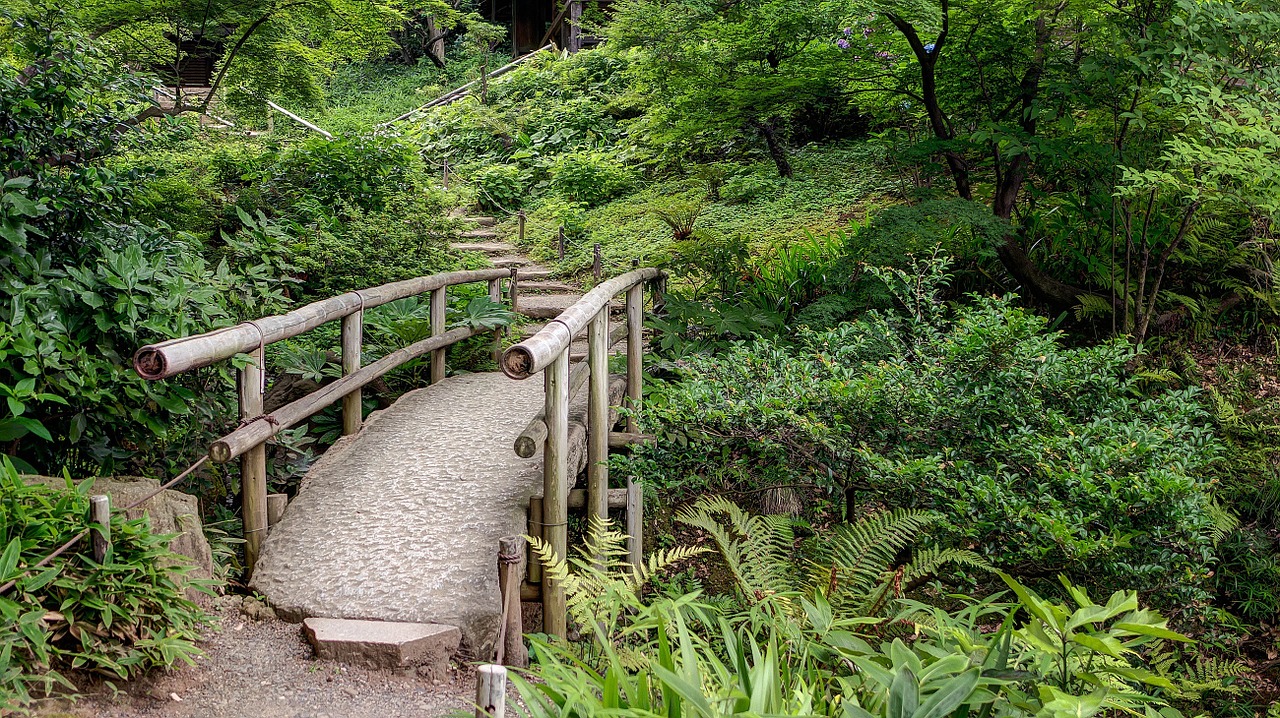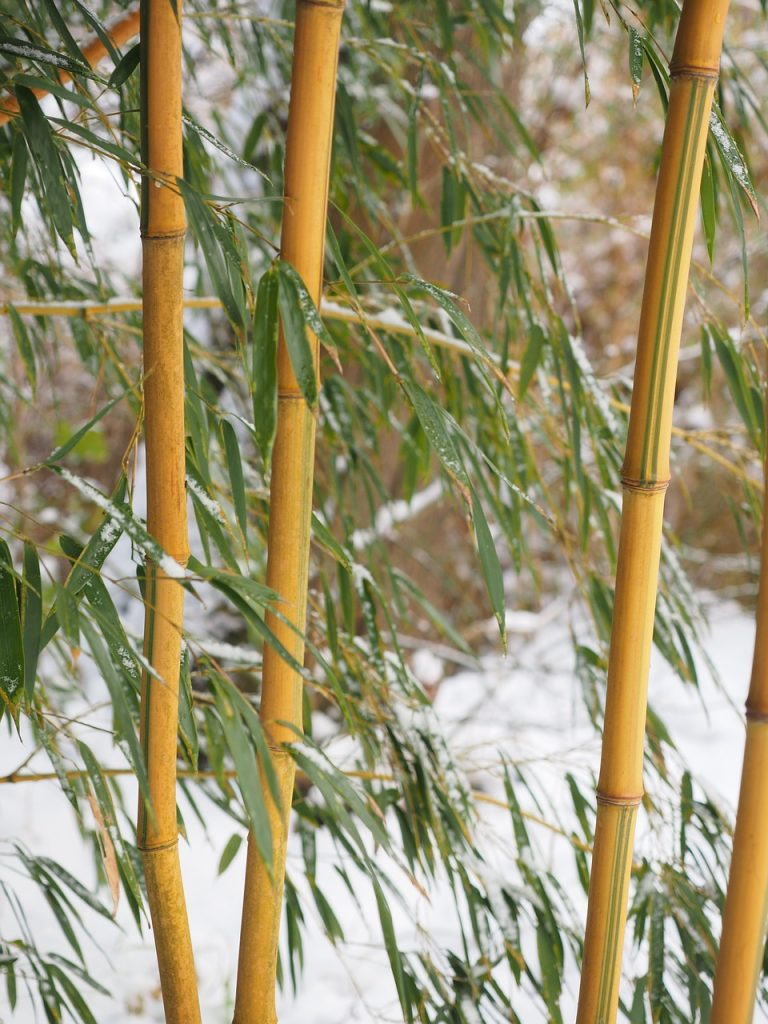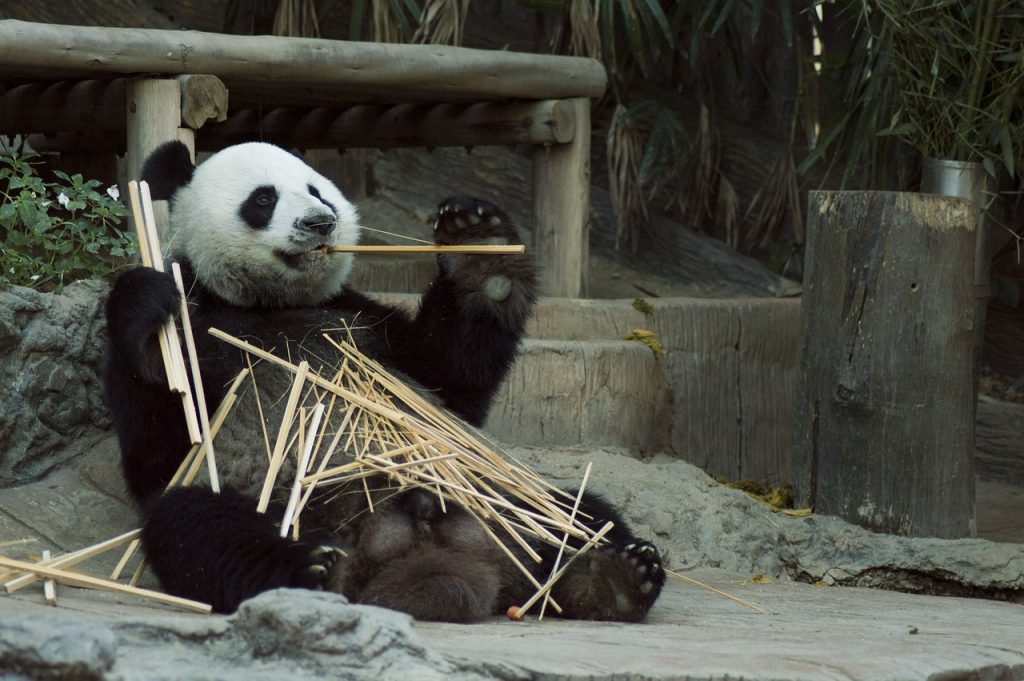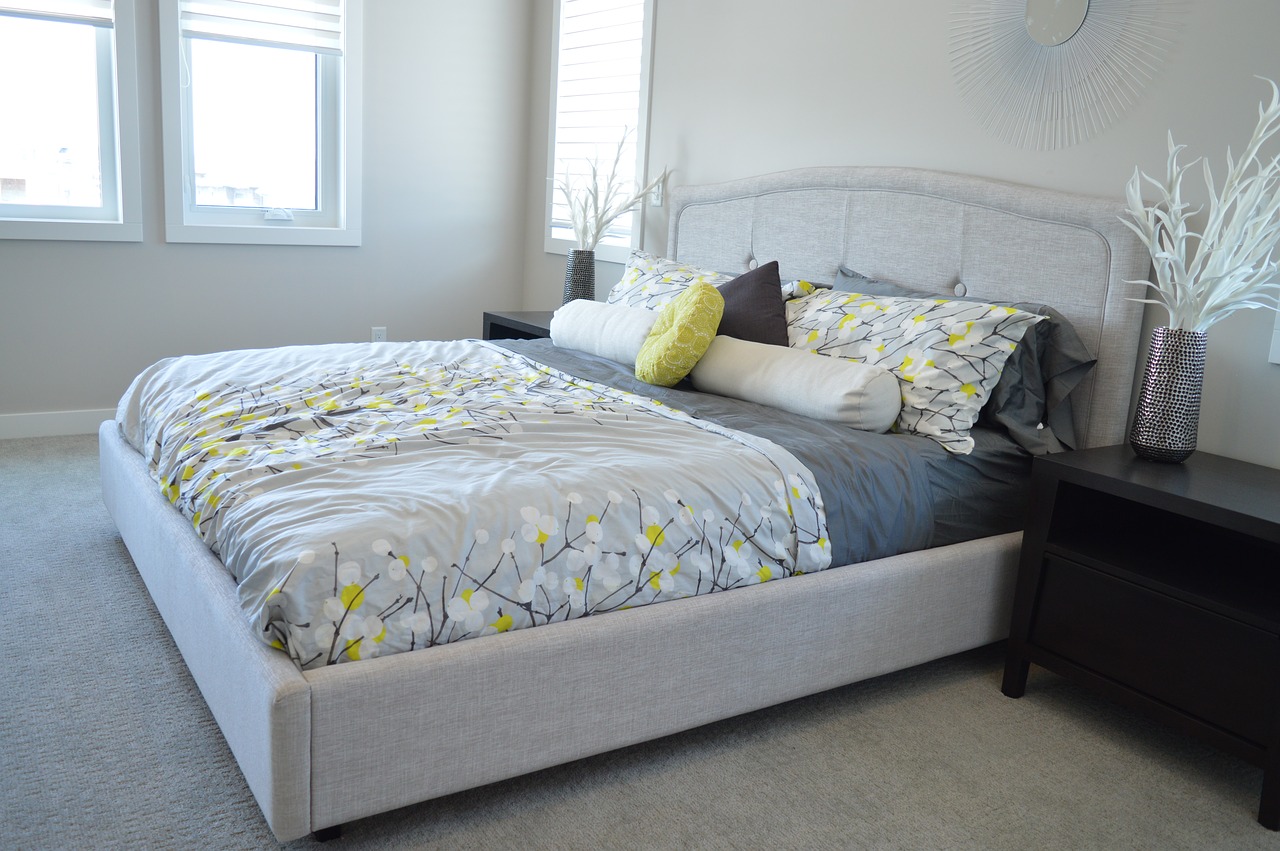
Wimbledon 2020 Cancelled
It is almost that time of the year when people would go watch a sporting

Eco-friendly bamboo is the best choice for anybody who cares about protecting the environment for future generations. Bamboo is such a versatile plant that it can be used to make a wide variety of different things that we use in our daily lives. Instead of using products that are chemically manufactured and destroy the ecosystem and are a danger to life, use eco-friendly bamboo that helps rather than harms.
Even as it is still growing, bamboo is an eco-friendly plant. It has a minimal impactful on the ecosystem, and is a renewable resource that’s highly sustainable.
The bamboo plant does not need any help to grow strong. It produces its own fertilizer which comes from its own old leaves that fall to its feet. It also doesn’t need any substances to be added make it grow healthy. This negates the need for artificially produced substances to make it sustainable as a source of material for mass production.
Bamboo also makes its own natural protectant, unlike most plants. It produces an antimicrobial agent that we know as bamboo kun. This compound deters pests and harmful growths that could damage it – and the effects of bamboo kun remain after the plant is cut down. You don’t need to spray any pesticides on a bamboo plant – chemicals that are harmful to the environment. Bamboo doesn’t even need herbicides to combat unwanted plants because it doesn’t have any enemies. You furthermore don’t even need to look after bamboo like you do for other crops. This means there’s no need to use those huge hunks of farming equipment that burn fossil fuels and release air pollutants – a main source of greenhouse gases.

The bamboo plant grows faster than most other plants with the same uses. This means that it is highly renewable and can therefore be used for large scale production. It’s a great resource with which to make many of the items that we use every day without causing harmful effects. It doesn’t take up as much land area as other sources would, and can make enough of everything without harming the global ecosystem.
Bamboo can be grown from sea level all the way up to elevations where most other plants won’t grow. It can also grow in extreme temperatures, whether hot or cold. Able to grow almost anywhere, bamboo is a highly sustainable source of building and craft material, raw material for the manufacture of textiles, and much more. Scarcity is not an issue when it comes to bamboo, and it will never hurt to grow more of it; rather, more bamboo would even be helpful to the environment.
All other common raw materials used for construction, practical and decorative items,clothes, and the like, bamboo helps rather than harms the environment. It is 100% biodegradable, meaning that it can be decomposed into the soil by natural microorganisms and sunlight, and does not produce harmful by-products or pollutants as it decomposes.
The bamboo plant actually improves soil quality. Most plants use up soil nutrients as they grow. This means that they need fertilizers to be added as nutritive supplements, and that the soil needs to be reconditioned after the crop is harvested. This means damage, more resources poured in to make up for the damage, and land area that is not productive for the time being. This cycle is expensive, draining valuable resources. The initial damage is also harmful to other plants that need the soil’s nutrients, causing an imbalance in the ecosystem.
The bamboo plant rebuilds eroded soil. It also naturally rehabilitates poor soil. The bamboo plant grows in clumps together with other bamboo plants. These plants develop a complex root system that helps sustain the entire clump and helps hold the soil together. With their self-made fertilizers and low nutritional requirements, the plants rehabilitate the soil and prevent erosion at the same time. These bamboo plant families even help the ground hold water to maintain watershed levels.
Plants are basically good for the environment in that they absorb carbon dioxide and release oxygen. Carbon dioxide emissions comprise three quarters of the world’s greenhouse gas emissions. So any plant is good, right? But bamboo absorbs 5 times the amount of carbon dioxide that any other plant with the same uses does. This greatly reduces the greenhouse effect when you take into account how little of a burden it is and how many other eco benefits it offers. Bamboo also produces 35% more oxygen than you would get from a clump of trees of the same size. When it can be used to make the same things, there’s no contest.

Most plant-based textiles – not to mention artificial materials – undergo chemical processing to extract the usable fibres that are needed to make textiles. Natural bamboo fabric is mechanically processed, meaning without the use of any chemical aids. This method not only produces materials that have to chemical residue, but also means that the process itself is safe for the workers in the different factories and manufacturing facilities where the bamboo plant is taken.
The bamboo plant has so many different applications, including industrial, construction, decorative, and even medicinal and foodstuff. Without a lot of explanation, this ultimately means that there is very little waste after the usable portions are extracted – almost all of it is useful! No waste means less of a burden on the environment.
The sustainability of resources and climate change in our world are two of the biggest concerns that we have both at present and for the future. The bamboo plant with all the benefits that it holds and the lack of harmful effects it produces makes it the perfect resource. More than that, bamboo is a very strong and durable material while also being the softest and most functional. This impressive plant performs so highly as a natural resource that it is clearly the winning solution.

It is almost that time of the year when people would go watch a sporting

Queen Elizabeth II has two birthdays to celebrate: her actual birthday on 21 April and

The first of May is celebrated by many countries around the world as Labour Day